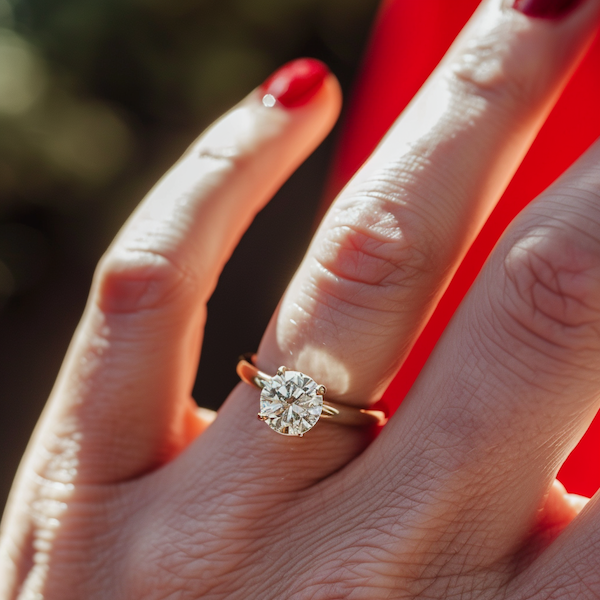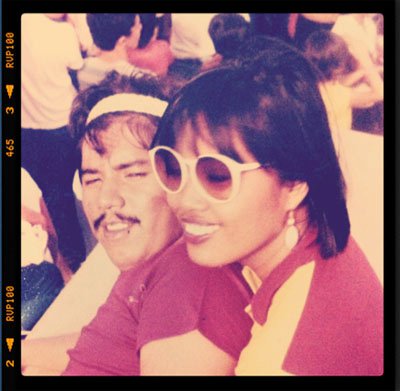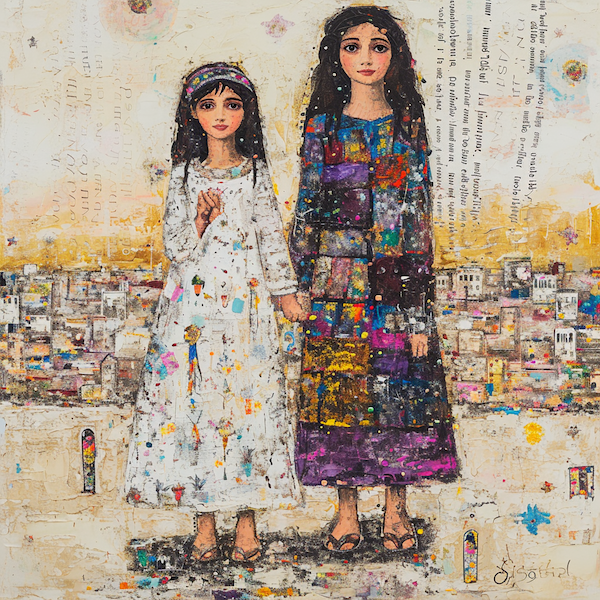In my last blog post, I wrote about the Ho’oponopono, an ancient Hawaiian practice that combines love, forgiveness, repentance, and gratitude in four powerful phrases. They are:
- I’m sorry.
- Please forgive me.
- I Thank you.
- I love you
Dr. Ihaleakala Hew Len is known for his remarkable story of healing an entire ward of mentally ill criminals at the Hawaii State Hospital using the ancient Hawaiian practice of Ho’oponopono. This method involves repeating the phrases “I love you, I’m sorry, Please forgive me, Thank you” as a form of mental cleansing and taking responsibility for one’s life.
According to Dr. Len, the essence of Ho’oponopono is about taking complete responsibility for everything in one’s life. He believed that by healing the part of himself that created or contributed to the problems of others, he could effect change in those individuals. This principle is based on the idea that our external reality is a reflection of our internal state, and by addressing and healing our internal issues, we can influence our external experiences.

Dr. Len’s approach at the Hawaii State Hospital was not about directly treating the patients but about addressing and cleansing his own perceptions and reactions to their cases. He would read the patients’ files and as he experienced reactions like anger, frustration, or embarrassment, he would work on clearing those emotions within himself through the Ho’oponopono phrases. His work led to a significant improvement in the conditions at the ward, and eventually, the ward was closed as the patients were healed and released.
It is important to note that there are different interpretations and adaptations of Ho’oponopono. Dr. Len’s method, popularized through his collaboration with Joe Vitale in the book “Zero Limits,” focuses on the personal responsibility aspect and the use of the four key phrases. However, traditional Ho’oponopono, as taught by Morrnah Simeona, involves a more comprehensive 14-step process.
The story of Dr. Len’s work is often cited as a powerful example of the healing potential of taking full responsibility for one’s life and the impact of internal change on external realities?
HOW AND WHY Ho’oponopono Works: THE QUICK AND FAST TRACK

Here’s how: Start by taking two deep breaths and closing your eyes. Picture yourself or someone who has hurt you, vividly imagining them in front of you. Feel the pain as though it’s happening right now. Then, with genuine emotion, say these four phrases: “I love you, I’m sorry, Please forgive me, Thank you.” Speak each phrase with deep conviction, reflecting on the meanings of love, apology, forgiveness, and gratitude. It might require several repetitions to truly connect with these words. Use them as a mantra, letting their significance deepen with each repetition. When you feel the person in your mind is receptive to this Ho’oponopono practice, imagine them surrounding you with a comforting light and love, symbolizing a union of understanding and healing. This process, when embraced fully, can be profoundly moving and transformative.
Even now as I speak of it, I remember my daughter and tears well up in my eyes at the sheer beauty of this process when approached with wholehearted dedication.

The Why: The Ho’oponopono practice is a powerful way to express self-love. By embracing love and forgiveness, you’re essentially bringing back your own energy. This process is not just about you; it’s about connecting with a broader, universal energy. When you recite the Ho’oponopono, it’s a conversation with your soul and potentially with others you envision in your thoughts. Keep this in mind next time you engage in this practice.












